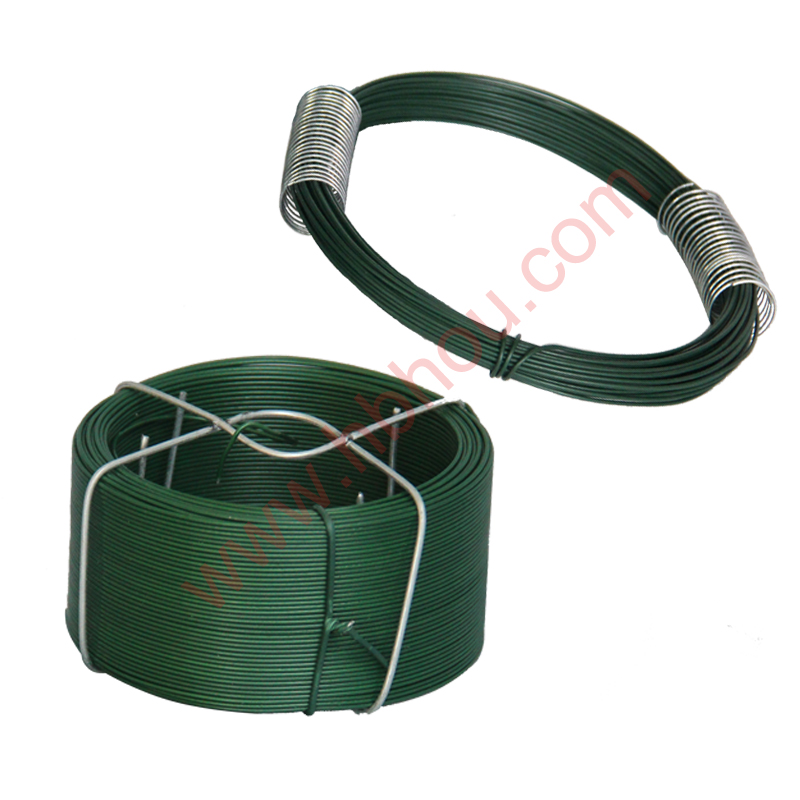The Art of Catching Wild Boars A Guide to Snare Traps
Wild boars have been a subject of fascination and challenge for hunters and wildlife enthusiasts alike. Known for their cunning nature and formidable presence, these animals pose a unique challenge when it comes to capturing them without harm. One traditional yet effective method for trapping wild boars is the use of snare traps. In this article, we’ll explore the mechanics of wild boar snare traps, their ethical considerations, and best practices for setting up these traps.
Understanding the Snare Trap
A snare trap is a simple device made from a flexible cable or wire that is designed to ensnare an animal by the neck or foot. When the animal steps into the noose, it tightens, preventing escape. While this method can effectively capture wild boars, it is crucial to construct and use the trap in a way that is humane and minimizes suffering.
To create a wild boar snare trap, you’ll need a few essential components heavy-duty wire or cable, a sturdy anchor point (such as a tree or a heavy object), and a specific mechanism to ensure the snare tightens securely. The entire setup must be strategically placed in areas where wild boar activity is frequent, such as along well-trodden paths or near food sources.
Legal and Ethical Considerations
Before setting up a snare trap, it is essential to familiarize yourself with local wildlife laws and regulations. In many regions, the use of snare traps is strictly regulated, often requiring a permit or prohibiting their use altogether. Additionally, ethical trapping practices must be followed to ensure that the animals are treated humanely. This includes ensuring that traps are checked regularly and that captured animals are dispatched quickly if necessary or released if they are non-target species.
Best Practices for Setting Up Snare Traps
wild boar snare trap

1. Location Selection Choosing the right location is paramount to the success of your trap. Look for signs of wild boar activity, such as fresh tracks, droppings, or rooting areas. Setting traps near food sources (like acorn-rich areas) can also increase your chances of success.
2. Trap Design Constructing a snare trap specifically designed for wild boars is crucial. Boars are large and strong animals, so the snare must be made from heavy-duty wire or cable that can withstand their strength. The loop should be large enough to comfortably catch the animal around the neck or leg without causing injury.
3. Setting the Snare Once you have found a suitable location and constructed your snare, it’s time to set it. The snare should be placed at a height that is within the natural movement range of the wild boar, generally around 14-20 inches off the ground. The noose should be oriented in a way that allows it to tighten when the animal enters.
4. Camouflage To avoid alarming the boar, use natural vegetation to camouflage the snare. This can be accomplished by carefully covering the trap with leaves, grasses, and other natural materials from the surrounding environment. A well-camouflaged trap increases the likelihood of the animal approaching and stepping into the snare.
5. Regular Monitoring It is critical to check your traps frequently. Not only does this comply with legal requirements in many jurisdictions, but it also ensures that any captured animals are handled promptly. If a boar is caught, it should be dealt with humanely, keeping in mind the relevant laws and regulations regarding wildlife management.
Conclusion
Using snare traps for capturing wild boars can be a highly effective method when executed responsibly and ethically. It requires knowledge of animal behavior, understanding local regulations, and a commitment to humane practices. By employing the best practices outlined in this article, you can increase your chances of successful and responsible trapping. Remember, the ultimate goal is not only to capture but to do so in a manner that respects both the animals and the environment they inhabit. Happy hunting!
















